Home>Garden Essentials>How Long Does It Take Bamboo To Grow From Seed
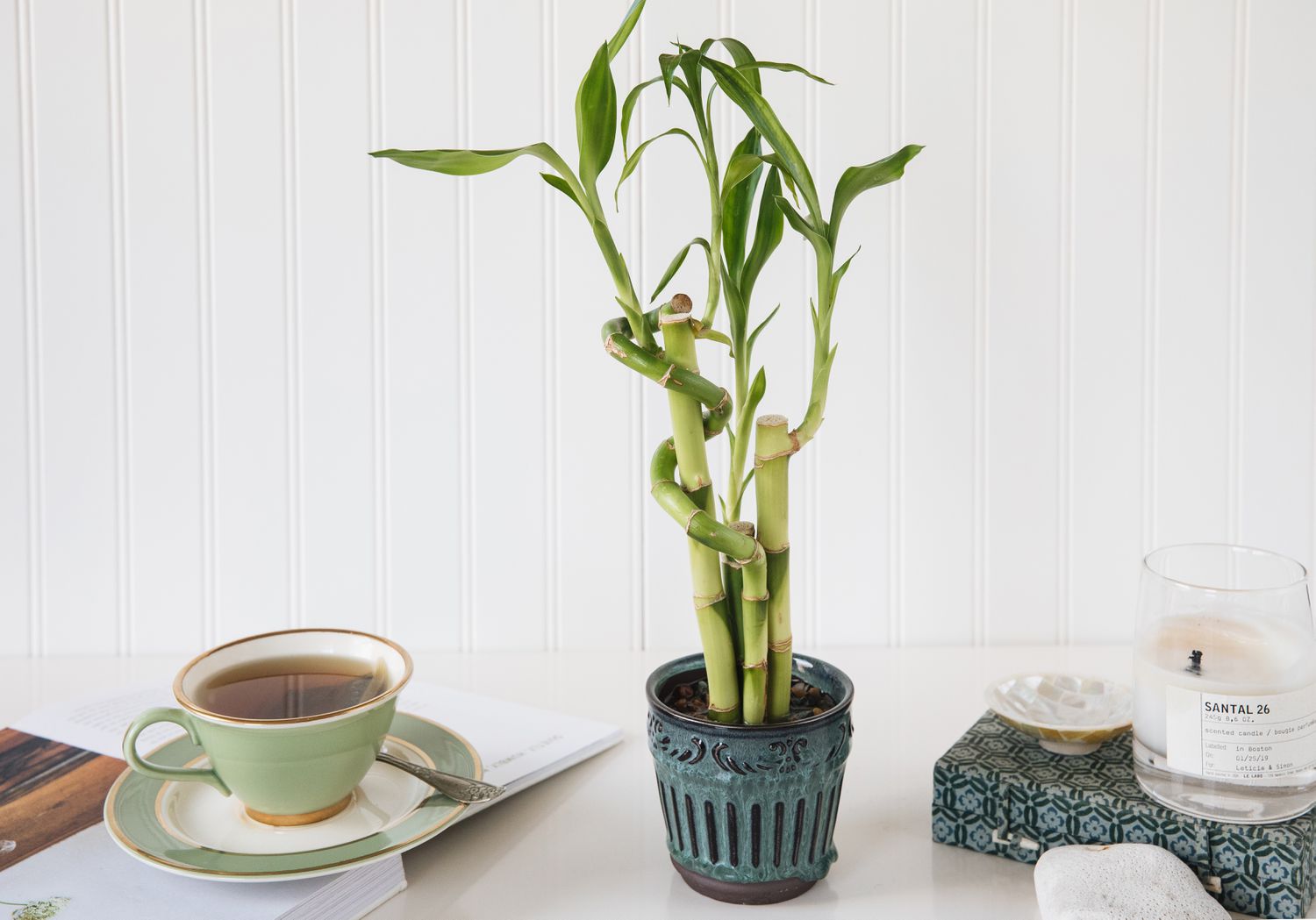

Garden Essentials
How Long Does It Take Bamboo To Grow From Seed
Modified: March 16, 2024
Looking to grow bamboo in your garden? Find out how long it takes for bamboo to grow from seed and start enjoying its beauty in no time!
(Many of the links in this article redirect to a specific reviewed product. Your purchase of these products through affiliate links helps to generate commission for Storables.com, at no extra cost. Learn more)
Introduction
Welcome to the world of bamboo, a versatile and fast-growing plant that has become increasingly popular among gardeners and landscapers. Whether you are starting your bamboo adventure from seed or simply curious about the growth process, understanding how long it takes for bamboo to grow from seed is essential.
Bamboo is a remarkable plant known for its beauty, strength, and sustainability. It is a member of the grass family and is renowned for its rapid growth rate. However, the exact timeline for bamboo growth can vary depending on several factors, including the species, environmental conditions, and cultivation methods.
In this article, we will explore the various stages of bamboo growth from seed and discuss the factors that affect its development. We will also provide tips on how to promote faster growth and ensure your bamboo plants reach their full potential. So, let’s dive into the fascinating world of bamboo and discover how it transforms from a tiny seed into a stunning natural wonder.
Key Takeaways:
- Bamboo growth depends on factors like species, environment, and care. Providing optimal conditions and patience can help bamboo thrive from seed to maturity.
- To promote faster bamboo growth, choose the right species, provide ample water and sunlight, and apply fertilizer. Regular pruning and weed control also support healthy growth.
Factors Affecting Bamboo Growth
Several factors play a crucial role in determining the growth rate and overall health of bamboo plants. Understanding these factors will help you provide optimal conditions for your bamboo to thrive. Here are some key factors that influence bamboo growth:
- Species: Different bamboo species have varying growth rates. Some species are known for their rapid growth and can reach maturity in just a few years, while others have a slower growth rate. It’s important to research the specific species you are growing to understand its growth characteristics.
- Environmental Conditions: Climatic conditions such as temperature, rainfall, and sunlight exposure significantly impact bamboo growth. Most bamboo species prefer warm and humid environments, although some are adapted to colder climates as well. Providing the right environmental conditions for your bamboo is crucial for its healthy growth.
- Soil Quality: Bamboo thrives in well-draining, fertile soil. Ensure that the soil is rich in organic matter and has a pH level between 6 and 7. Regularly testing and amending the soil can provide the necessary nutrients for optimal growth.
- Watering: Bamboo plants require consistent moisture, especially during their initial growth stages. Adequate watering is essential, but be cautious not to overwater, as it can lead to root rot. Maintaining a balance between watering and drainage is crucial for healthy bamboo growth.
- Fertilization: Providing the right nutrients to your bamboo plants can significantly enhance their growth. Applying a balanced fertilizer during the growing season can promote healthy foliage and stronger culms. Consult with a garden expert or refer to specific fertilizer guidelines for bamboo.
- Competition: Bamboo plants are strong competitors and can quickly overshadow other plants in the area. It’s important to give bamboo adequate space to spread without hindering the growth of other plants nearby.
- Cultivation Practices: Proper planting techniques, such as preparing the planting hole and spacing the bamboo properly, can contribute to healthy growth. Avoid planting bamboo too deep or too shallow, as it can affect the plant’s ability to establish strong root systems.
By understanding and addressing these factors, you can provide the ideal conditions for your bamboo plants to grow vigorously and reach their full potential. Now that we have explored the factors that influence bamboo growth, let’s move on to discuss the specific stages of growth from seed to mature bamboo.
Germination Period
The germination period marks the beginning of a bamboo plant’s life cycle. It is the stage when the bamboo seed starts to sprout and develop into a seedling. The germination period can vary depending on the species of bamboo and environmental conditions.
On average, bamboo seeds take anywhere from a few weeks to a couple of months to germinate. However, some species may take longer, and specific germination requirements may need to be met to ensure successful sprouting.
During the germination stage, it is essential to provide the right conditions for the seeds to sprout. Here are some tips to promote successful germination:
- Warmth: Maintain a consistently warm temperature, ideally between 70 to 90 degrees Fahrenheit (21 to 32 degrees Celsius). You can use a heating mat or place the seeds in a warm location to encourage germination.
- Moisture: Keep the soil moist, but not waterlogged. Regularly mist the soil to maintain the necessary moisture level for seed germination. Covering the planting tray or container with a plastic wrap can create a humid environment and enhance germination rates.
- Light: Some bamboo seeds require light for germination, while others prefer darkness. Research the specific requirements of your bamboo species and adjust the lighting conditions accordingly.
- Patience: Germination can be a slow process, and it’s essential to be patient. Some bamboo seeds may take longer to sprout, so continue providing the right conditions and give them time to develop.
- Transplanting: Once the seeds have sprouted and the seedlings have grown to a reasonable size, they can be transplanted into individual pots or directly into the garden. Take care to handle the fragile seedlings gently and provide them with appropriate growing conditions.
By following these guidelines and providing the optimal conditions for germination, you can increase the chances of successful sprouting and set your bamboo plants on a path to growth and maturity. With the seeds now sprouted and the seedlings ready for further development, let’s explore the next stage of bamboo growth: the seedling stage.
Seedling Stage
The seedling stage is an important phase in the growth of bamboo plants. During this stage, the bamboo seedlings develop their root systems and begin to grow above the soil surface. The duration of the seedling stage can vary depending on the bamboo species and environmental conditions.
Typically, bamboo seedlings take anywhere from a few months to a year to reach a reasonable size during the seedling stage. It is crucial to provide optimal conditions and care to ensure healthy growth and development. Here are some key factors to consider during the seedling stage:
- Light: Ensure that the bamboo seedlings receive adequate sunlight or artificial light if grown indoors. Provide them with at least 6 to 8 hours of direct or indirect sunlight per day.
- Watering: Proper watering is essential for seedling growth. Keep the soil consistently moist, but avoid overwatering, as it can lead to root rot. Adjust the watering frequency and amount based on the environmental conditions and the moisture needs of the specific bamboo species.
- Transplanting: If the bamboo seedlings are initially grown in trays or containers, they may need to be transplanted into larger pots or directly into the garden. Carefully handle the seedlings and ensure their new location provides enough space for their roots to spread and grow.
- Protection: Protect the bamboo seedlings from extreme weather conditions, strong winds, and pests. Use mulch to insulate the soil and provide a buffer against temperature fluctuations. Monitor for any signs of diseases or pests and take appropriate actions to prevent damage to the seedlings.
- Regular Care: Provide routine care such as removing weeds around the seedlings, fertilizing with a balanced organic fertilizer, and monitoring for any signs of nutrient deficiencies. Pruning may also be necessary to remove any weak or damaged growth and promote stronger, healthier shoots.
- Patience: The seedling stage is a period of development and establishment. Be patient and allow the seedlings to grow at their own pace. With time, proper care, and favorable conditions, the seedlings will transform into young bamboo plants.
By paying attention to these factors and providing the right care during the seedling stage, you can set the foundation for healthy bamboo growth. As the bamboo seedlings develop and mature, they will progress to the next stage of growth – the mature bamboo stage.
Bamboo can take 3-5 years to grow from seed. To speed up the process, soak the seeds in water for 24 hours before planting and keep the soil consistently moist.
Mature Bamboo Growth
The mature bamboo stage is a truly remarkable sight to behold. This is when bamboo plants express their full potential, with tall and sturdy culms and lush foliage creating a stunning natural landscape. The duration to reach maturity can vary depending on the bamboo species and environmental conditions.
On average, bamboo plants take around three to five years to reach maturity. However, some bamboo species may take longer, while others with a rapid growth rate can achieve maturity in just a couple of years. The growth during this stage primarily focuses on the development of new culms and the expansion of the bamboo grove.
During the mature bamboo stage, it is vital to continue providing favorable growing conditions and proper care. Here are some key factors to consider:
- Light: Bamboo plants generally require full or partial sunlight to thrive. Ensure that the mature bamboo plants receive sufficient sunlight to support healthy growth and photosynthesis.
- Watering: Bamboo plants have a high water requirement, especially during the growing season. Provide consistent watering, especially during dry spells, to keep the soil moist. Deep watering is necessary to reach the bamboo’s extensive root system.
- Pruning: Regular pruning helps maintain the health and aesthetics of mature bamboo plants. Remove any dead, damaged, or weak culms to redirect energy towards new growth and preserve the overall appearance of the bamboo grove.
- Fertilization: Continue fertilizing the mature bamboo plants to ensure they receive the necessary nutrients for healthy growth. Use a balanced fertilizer, and follow the recommended application rates to avoid over-fertilization.
- Maintenance: Regularly inspect the bamboo grove for any signs of pests, diseases, or nutrient deficiencies. Address any issues promptly to prevent adverse effects on the plant’s health and growth.
- Expansion: Bamboo has a natural tendency to spread and form groves. Monitor and manage the growth of the bamboo rhizomes (underground stems) to prevent the bamboo from spreading beyond its intended area. Use physical barriers or root pruning techniques to control the bamboo’s expansion.
By providing the right care and maintaining favorable growing conditions, mature bamboo plants can reach their full potential, creating a beautiful and sustainable addition to your garden or landscape. With the understanding of the factors that influence mature bamboo growth, let’s explore the environmental requirements needed for successful growth.
Read more: How Long Does Bamboo Take To Germinate
Environmental Requirements
Bamboo plants have specific environmental requirements that must be met to ensure their healthy growth and development. Providing optimal conditions will not only promote vigorous growth but also help prevent common issues such as yellowing leaves or stunted growth. Here are some key environmental requirements for bamboo:
- Climate: Bamboo thrives in warm and humid climates. Most bamboo species prefer temperatures between 60 to 95 degrees Fahrenheit (15 to 35 degrees Celsius). However, there are also cold-hardy bamboo varieties that can tolerate lower temperatures.
- Light: Bamboo plants generally require full or partial sunlight to flourish. While some species can tolerate shade, it’s important to provide adequate light for healthy growth. Aim for at least 4 to 6 hours of direct or indirect sunlight per day.
- Water: Bamboo has a high water requirement, especially during the growing season. It is important to provide regular watering, keeping the soil consistently moist but not waterlogged. Avoid overwatering, as this can lead to root rot.
- Soil: Bamboo prefers well-draining soil that is rich in organic matter. Soil pH should be between 6 and 7, slightly acidic to neutral. Regularly test the soil and amend it with organic compost or mulch to improve its fertility and moisture-retaining capacity.
- Air Circulation: Good air circulation is essential for bamboo growth. Providing adequate space between plants allows for proper airflow and reduces the risk of fungal diseases. Avoid overcrowding and prune regularly to maintain a healthy bamboo grove.
- Protection: Protect young bamboo plants from strong winds, which can damage their delicate foliage. Windbreaks or strategically placed barriers can be used to shield the plants until they become more established.
- Microclimate Considerations: Consider the microclimate of your specific location. Factors such as altitude, proximity to bodies of water, and neighboring structures can affect the temperature, humidity, and wind patterns, which can ultimately impact bamboo growth.
By providing the appropriate environmental conditions, you can create a nurturing habitat for your bamboo plants to thrive. It’s important to research the specific requirements of the bamboo species you are growing, as different species may have slightly different preferences.
Now that we’ve covered the environmental requirements for bamboo growth, let’s explore some tips to promote faster growth and ensure your bamboo plants reach their full potential.
Tips for Faster Growth
If you want to accelerate the growth of your bamboo plants, there are some key tips you can follow to promote faster growth and ensure they reach their full potential. Here are some effective strategies to stimulate bamboo growth:
- Select the Right Species: Choose bamboo species that are known for their rapid growth rates. Some species, such as Moso bamboo (Phyllostachys edulis), are renowned for their quick growth and can reach impressive heights within a few years.
- Provide Ample Water: Bamboo requires consistent and adequate water to fuel its growth. Ensure the soil remains consistently moist, especially during the growing season. Deep watering is particularly important to reach the bamboo’s extensive root system.
- Apply Fertilizer: Regularly fertilize your bamboo plants with a balanced organic fertilizer to provide the necessary nutrients for robust growth. Choose a fertilizer specifically formulated for bamboo or use a slow-release fertilizer for sustained nutrient release.
- Prune Regularly: Pruning promotes faster growth by redirecting the plant’s energy towards new shoots and culms. Trim any weak, damaged, or overcrowded culms to allow more resources for healthy growth. Pruning also helps maintain the overall shape and aesthetics of the bamboo grove.
- Mulch: Apply a layer of organic mulch around the base of the bamboo plants to conserve moisture, regulate soil temperature, and suppress weed growth. Mulch also adds organic matter to the soil as it breaks down, providing additional nutrients for the bamboo plants.
- Control Weeds: Regularly remove weeds around the bamboo plants, as they compete for nutrients and water. Weeds can hinder the growth of bamboo, so it’s important to keep the area around the plants clear.
- Ensure Adequate Sunlight: Bamboo requires sufficient sunlight to grow vigorously. Ensure that the plants receive at least 4 to 6 hours of direct or indirect sunlight per day. If necessary, prune surrounding plants or structures to allow more sunlight to reach the bamboo.
- Monitor and Prevent Pests: Keep a close eye on your bamboo plants for any signs of pests or diseases. Common bamboo pests include aphids, mites, and bamboo borer beetles. Take appropriate measures to prevent infestations and address pest issues promptly.
- Monitor and Adjust Soil pH: Regularly test the soil pH and ensure it falls within the optimal range of 6 to 7 for bamboo growth. If the pH is too high or too low, amend the soil with appropriate materials to adjust and maintain the ideal pH level.
By implementing these tips and providing the necessary care, you can help stimulate faster growth in your bamboo plants. Remember to be patient, as bamboo growth is a gradual process, but with these strategies, you can optimize the conditions for robust growth and development.
Now that we’ve explored various tips for faster growth, let’s wrap up our discussion on the growth of bamboo plants.
Conclusion
Bamboo, with its rapid growth and remarkable beauty, has captivated the hearts of gardeners and landscapers alike. Understanding the growth process and factors that influence bamboo growth from seed to maturity is essential for successful cultivation. From the germination period to the mature bamboo stage, each phase requires specific care and attention.
Factors such as species, environmental conditions, soil quality, watering, and cultivation practices all play a role in determining the growth rate and overall health of bamboo plants. By providing the optimal conditions, including adequate sunlight, moisture, and proper nutrition, you can ensure your bamboo plants thrive and reach their full potential.
Whether you’re planting bamboo for its visual appeal, as a privacy screen, or for its environmental benefits, following the tips for faster growth can enhance the development of your bamboo plants. Selecting fast-growing species, regular pruning, providing ample water, and applying appropriate fertilizers are just a few strategies to promote accelerated growth.
Remember, in addition to the technical aspects of bamboo growth, it’s important to be patient and enjoy the journey. Bamboo has a unique charm and resilience that will reward you with a beautiful, sustainable addition to your garden or landscape over time.
By understanding the factors influencing bamboo growth, meeting environmental requirements, and implementing effective care strategies, you can create an environment in which bamboo thrives. Whether you’re planting a small bamboo grove or incorporating bamboo into your garden design, your efforts will be rewarded as you witness the growth and transformation of these magnificent plants.
So, go forth and embark on your bamboo-growing journey with confidence, and delight in the wonders of nature as you witness bamboo seeds sprouting, seedlings growing, and mature bamboo reaching towering heights. With proper care and attention, your bamboo garden will become a sanctuary of tranquility and beauty.
Frequently Asked Questions about How Long Does It Take Bamboo To Grow From Seed
Was this page helpful?
At Storables.com, we guarantee accurate and reliable information. Our content, validated by Expert Board Contributors, is crafted following stringent Editorial Policies. We're committed to providing you with well-researched, expert-backed insights for all your informational needs.
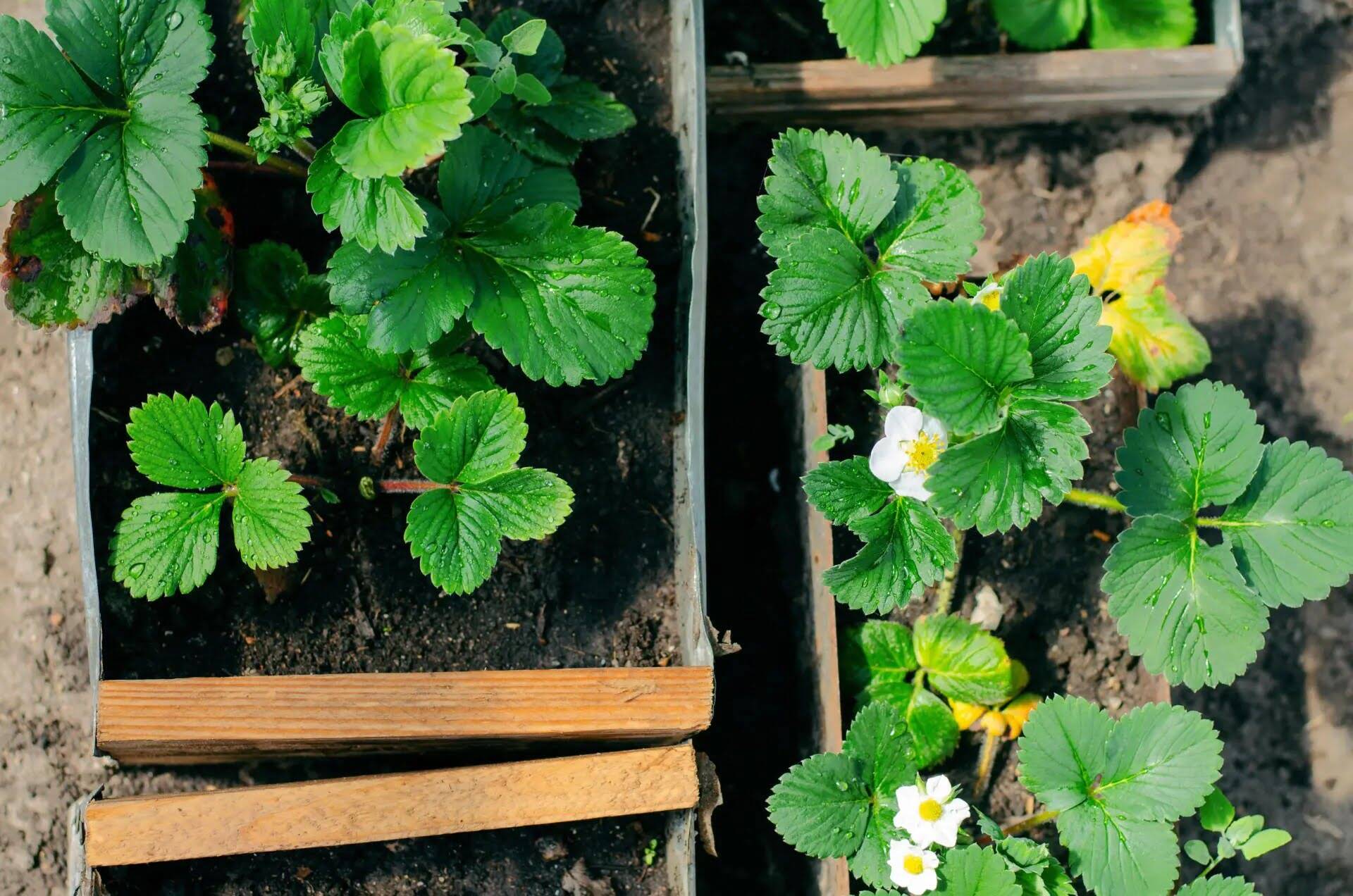
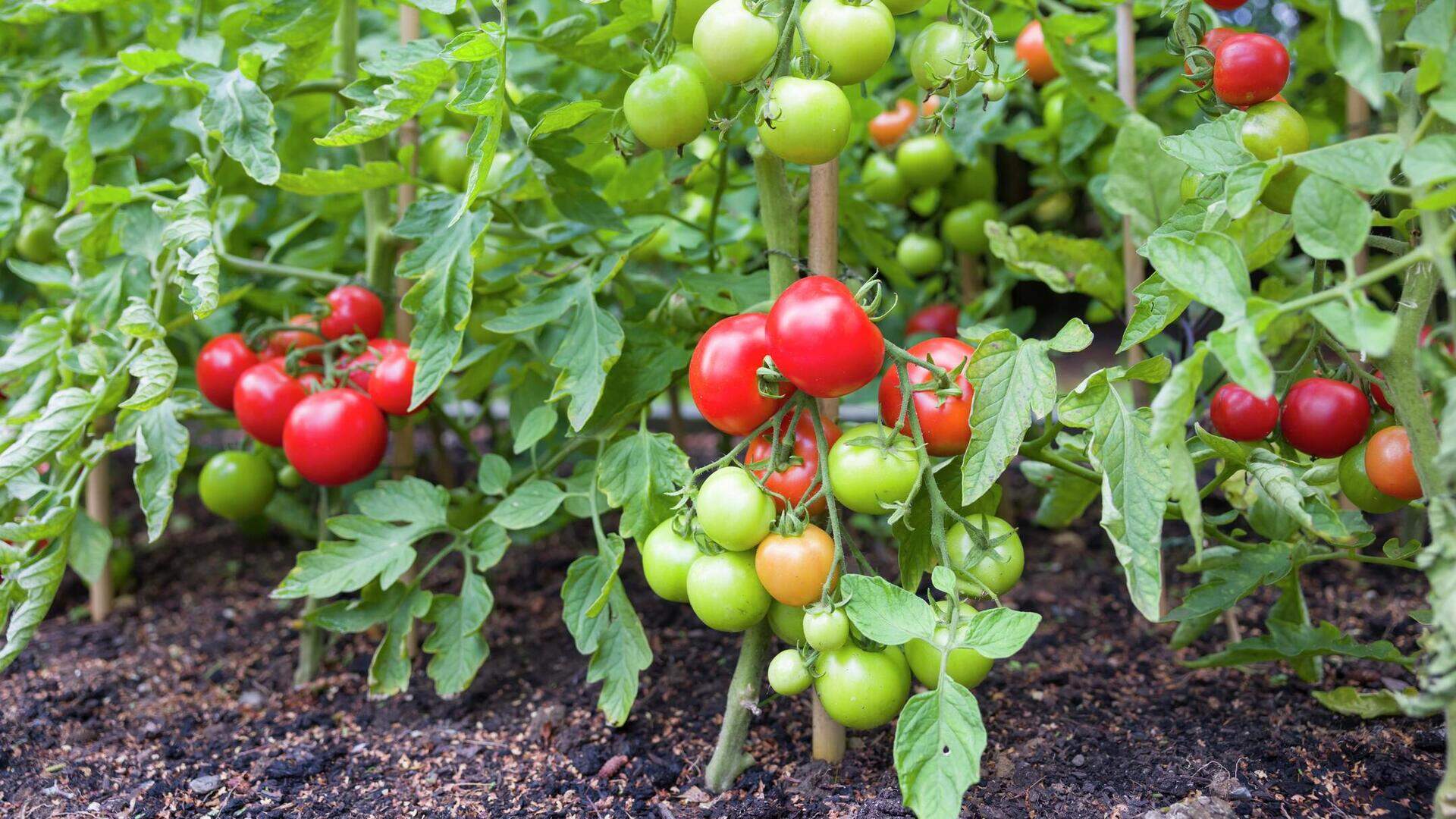
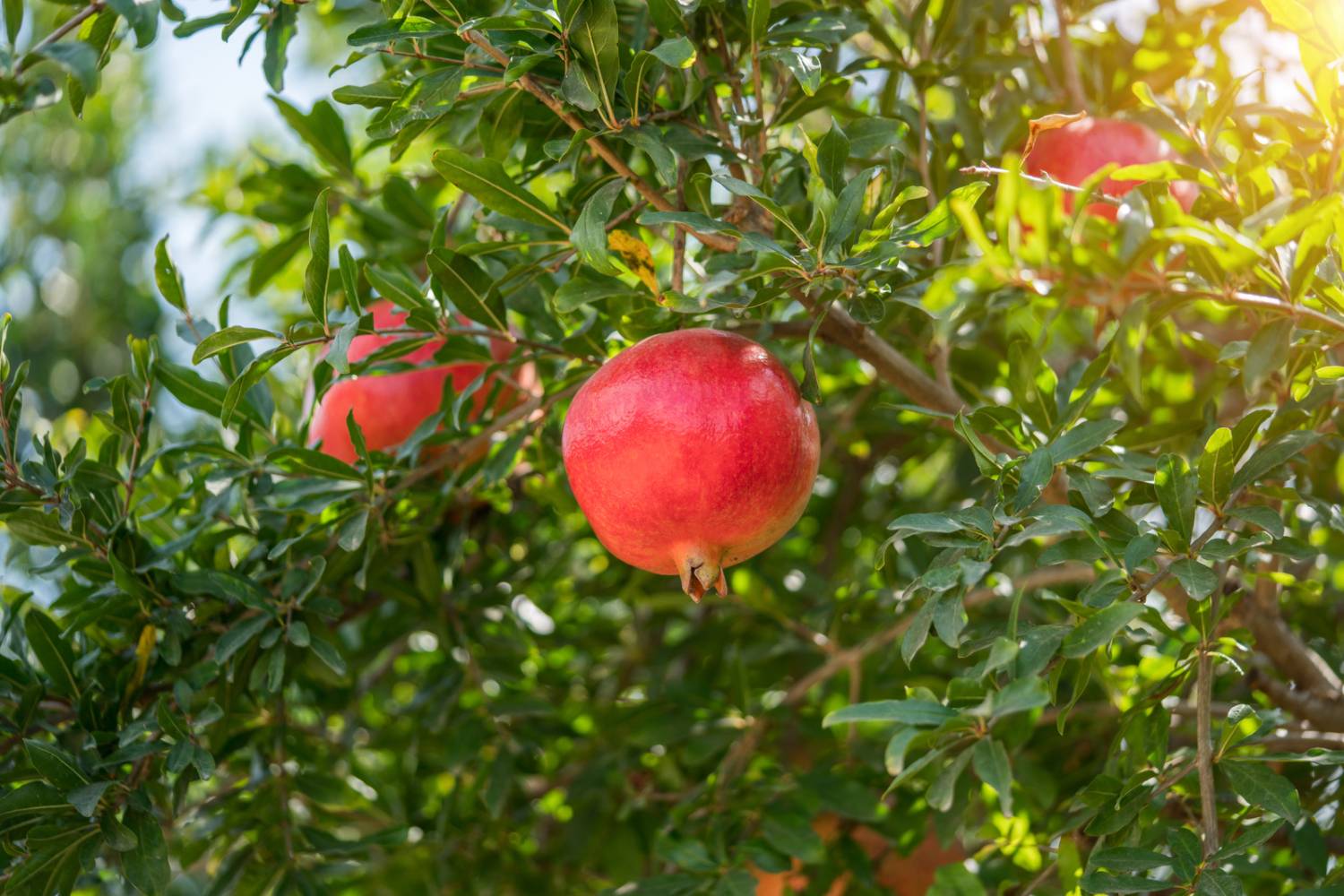
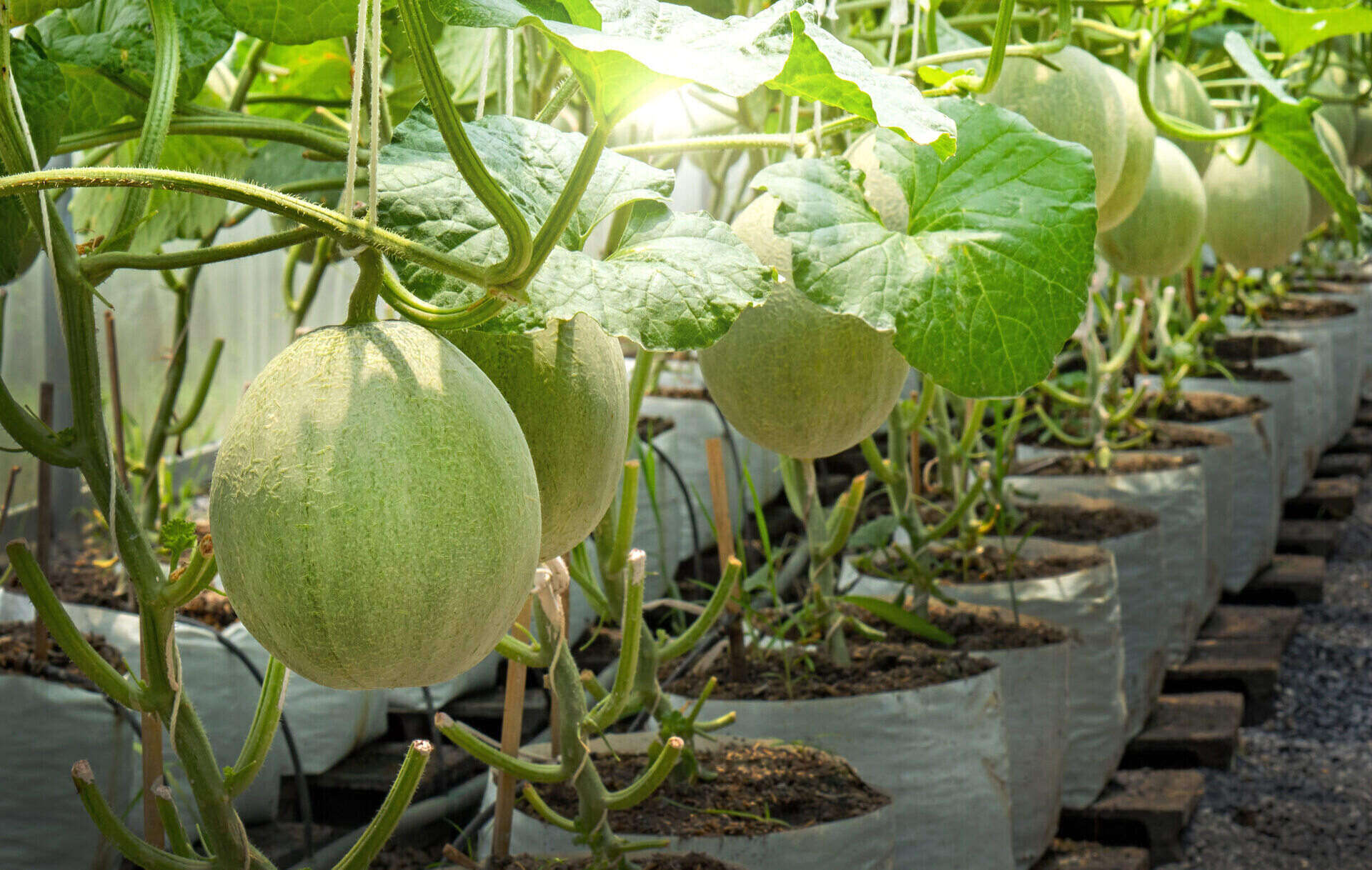
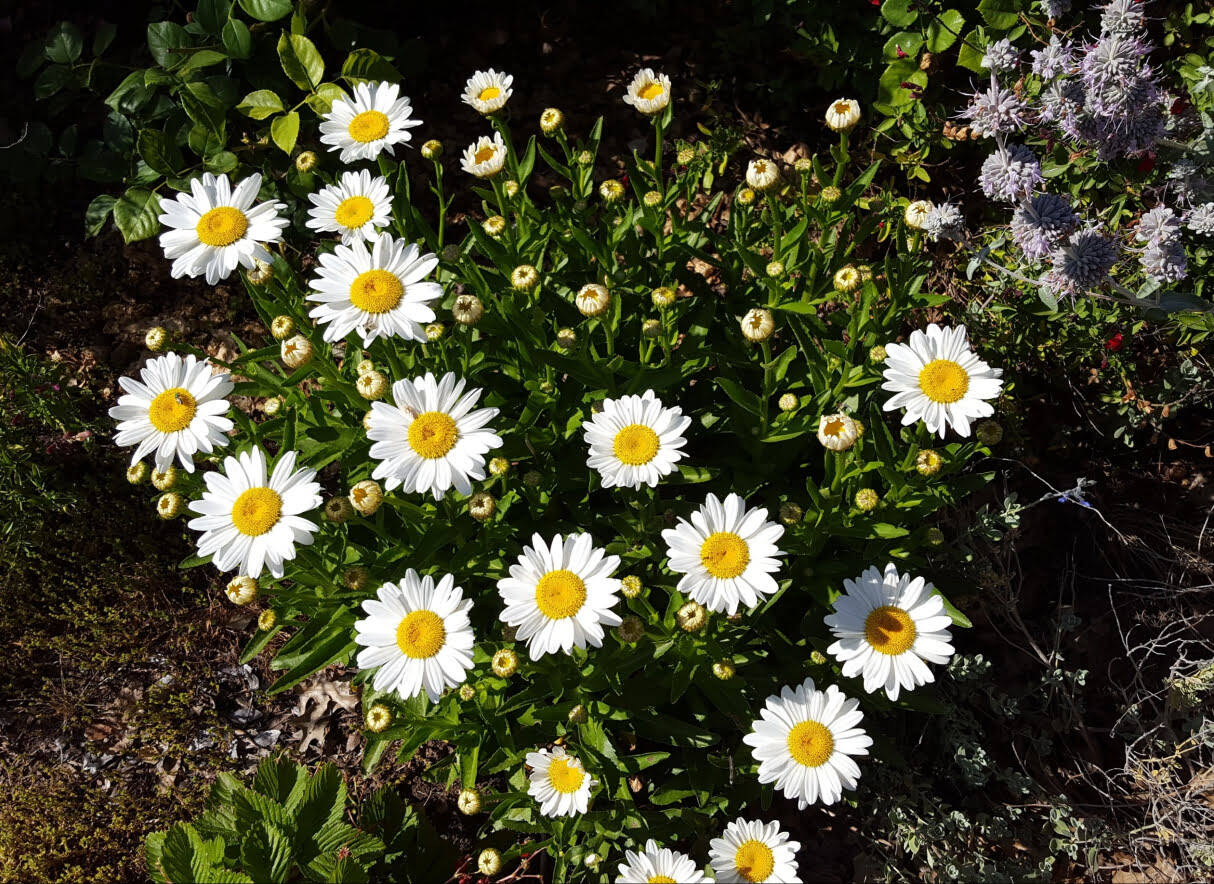
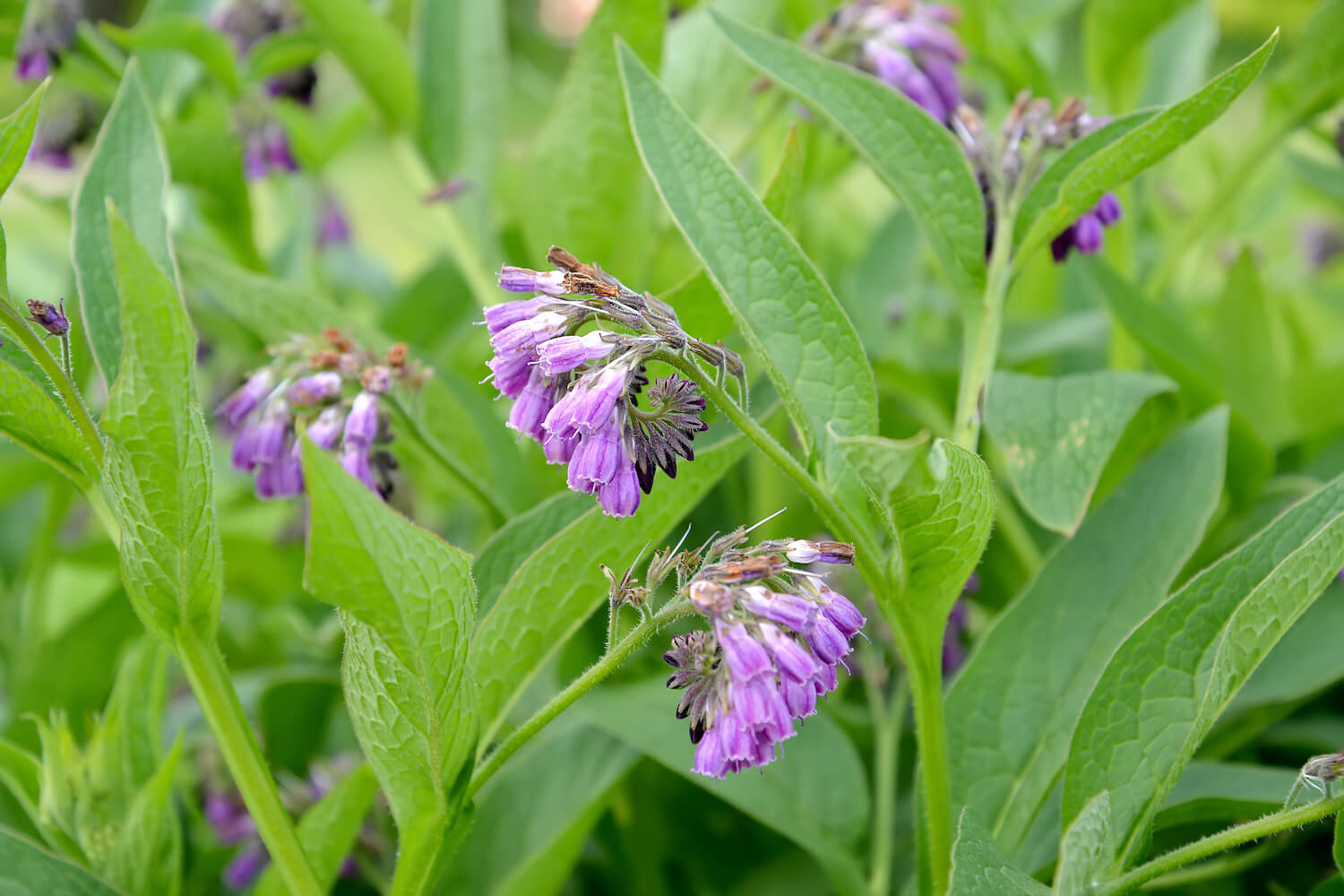
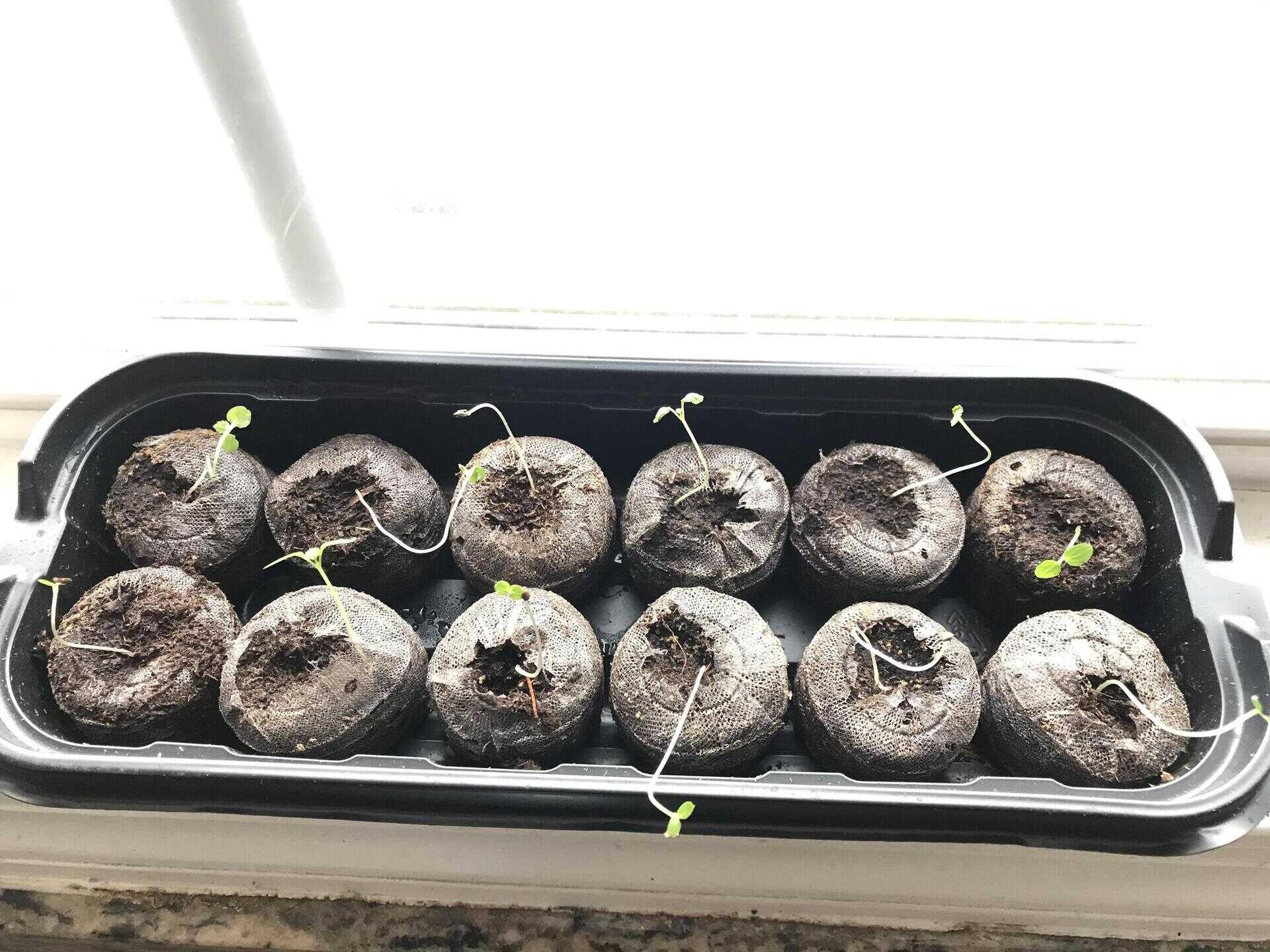
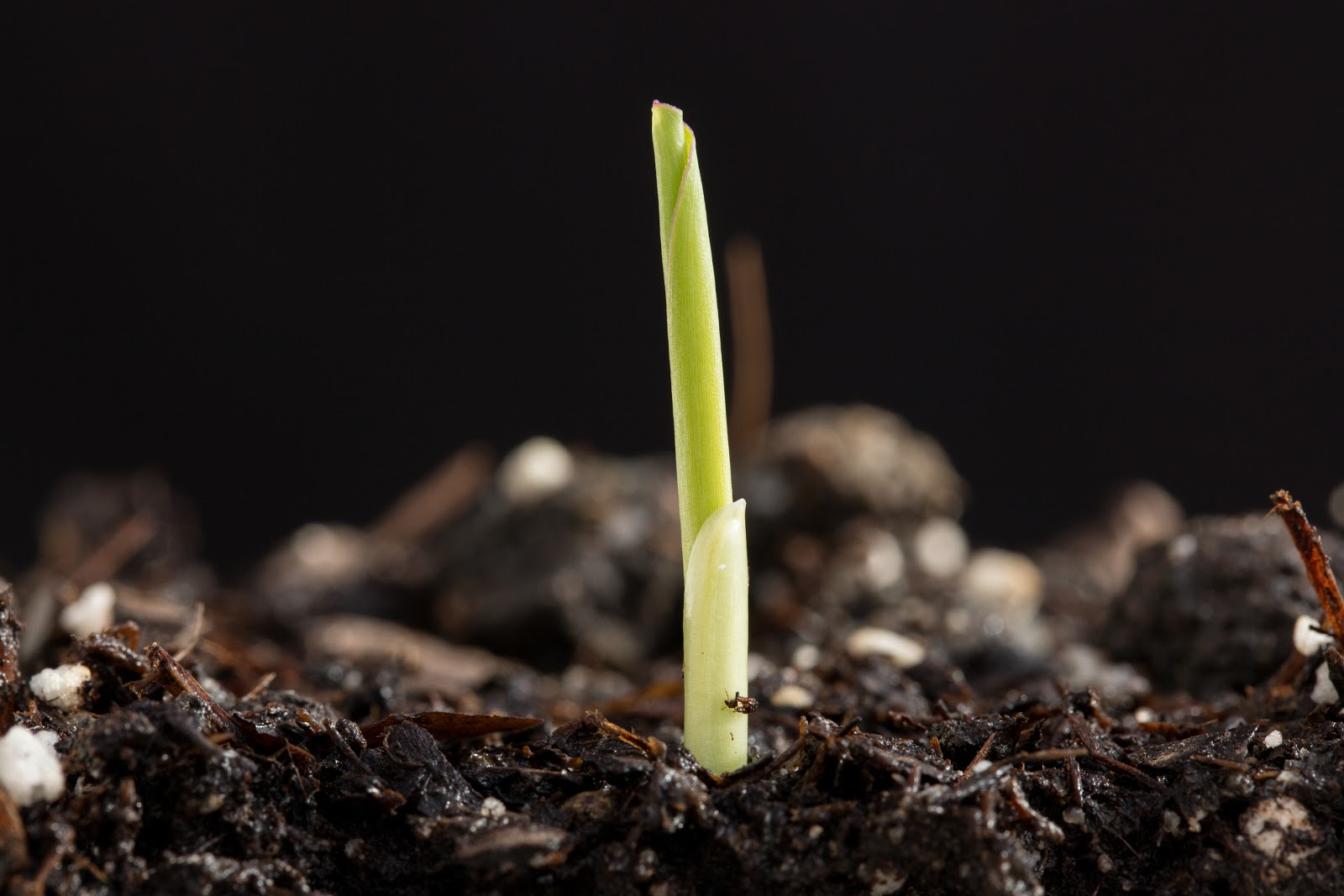
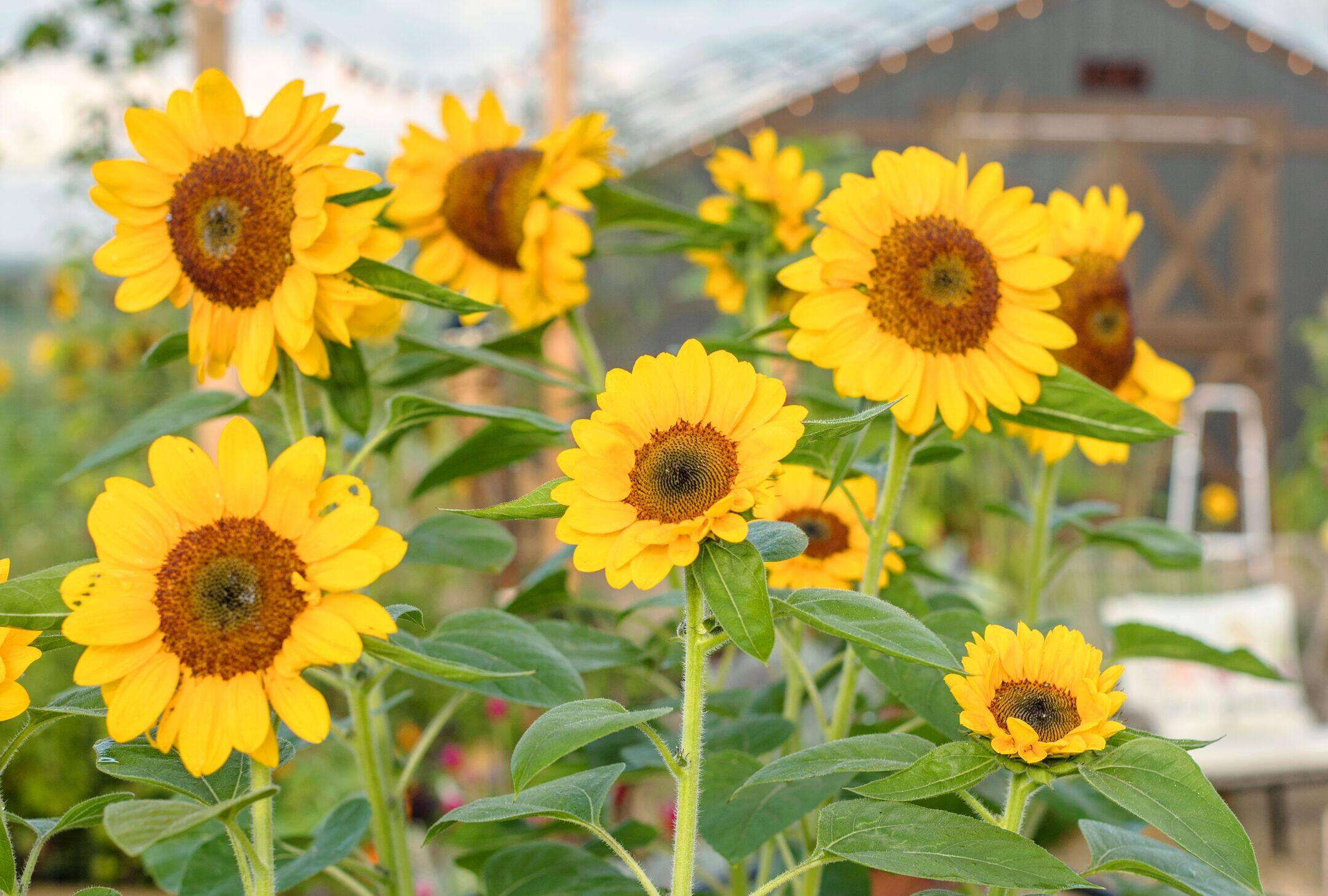
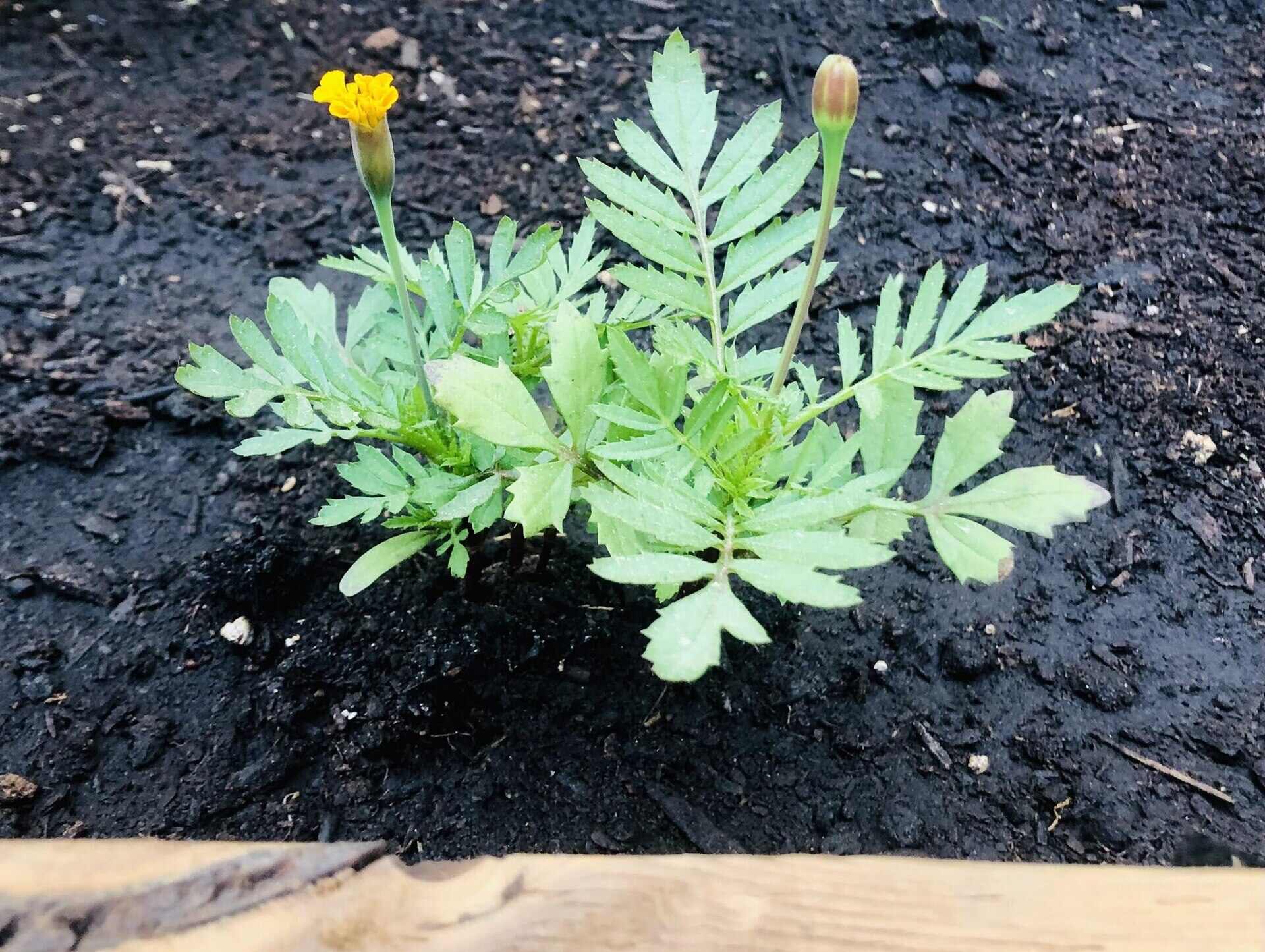
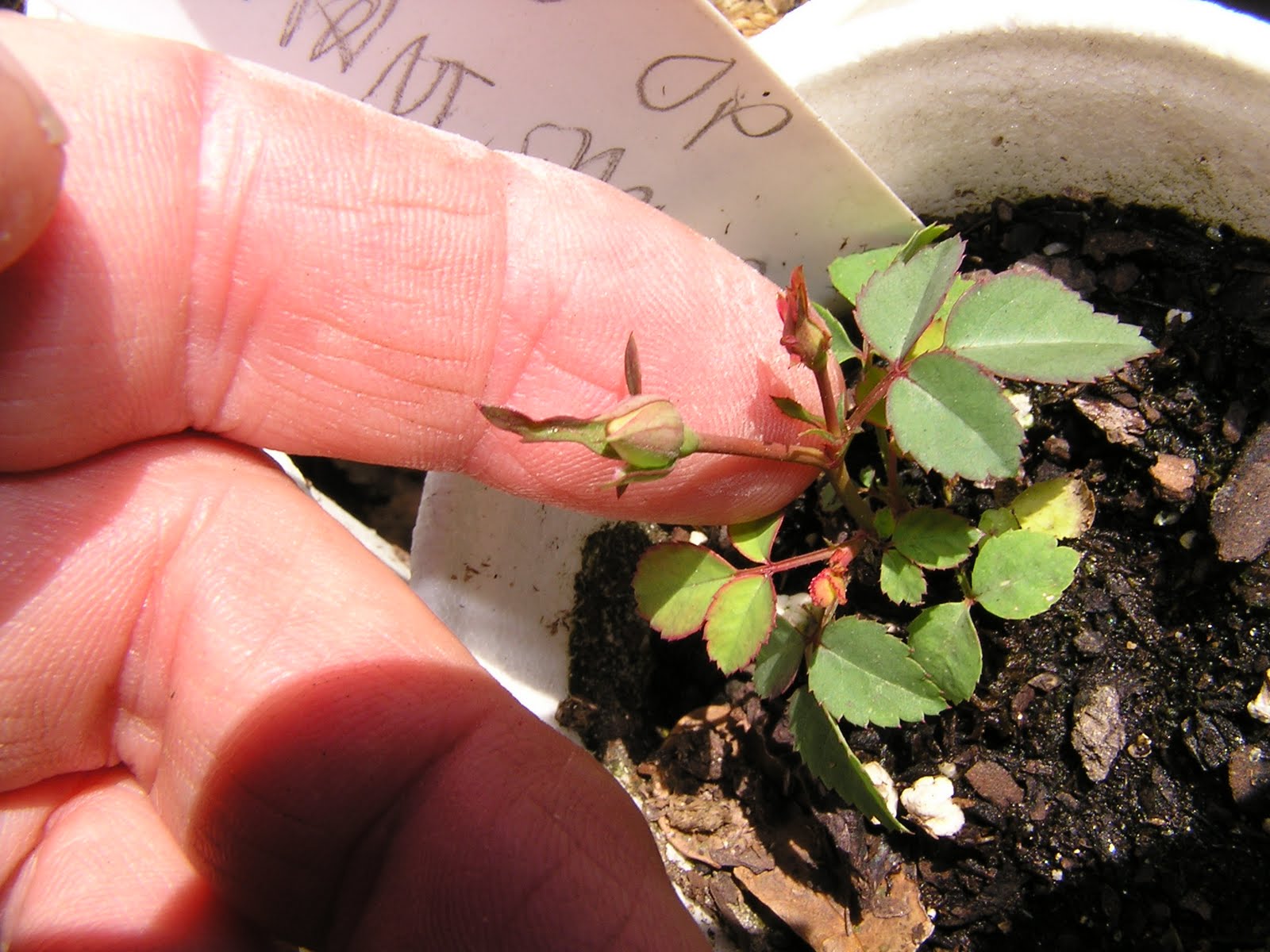
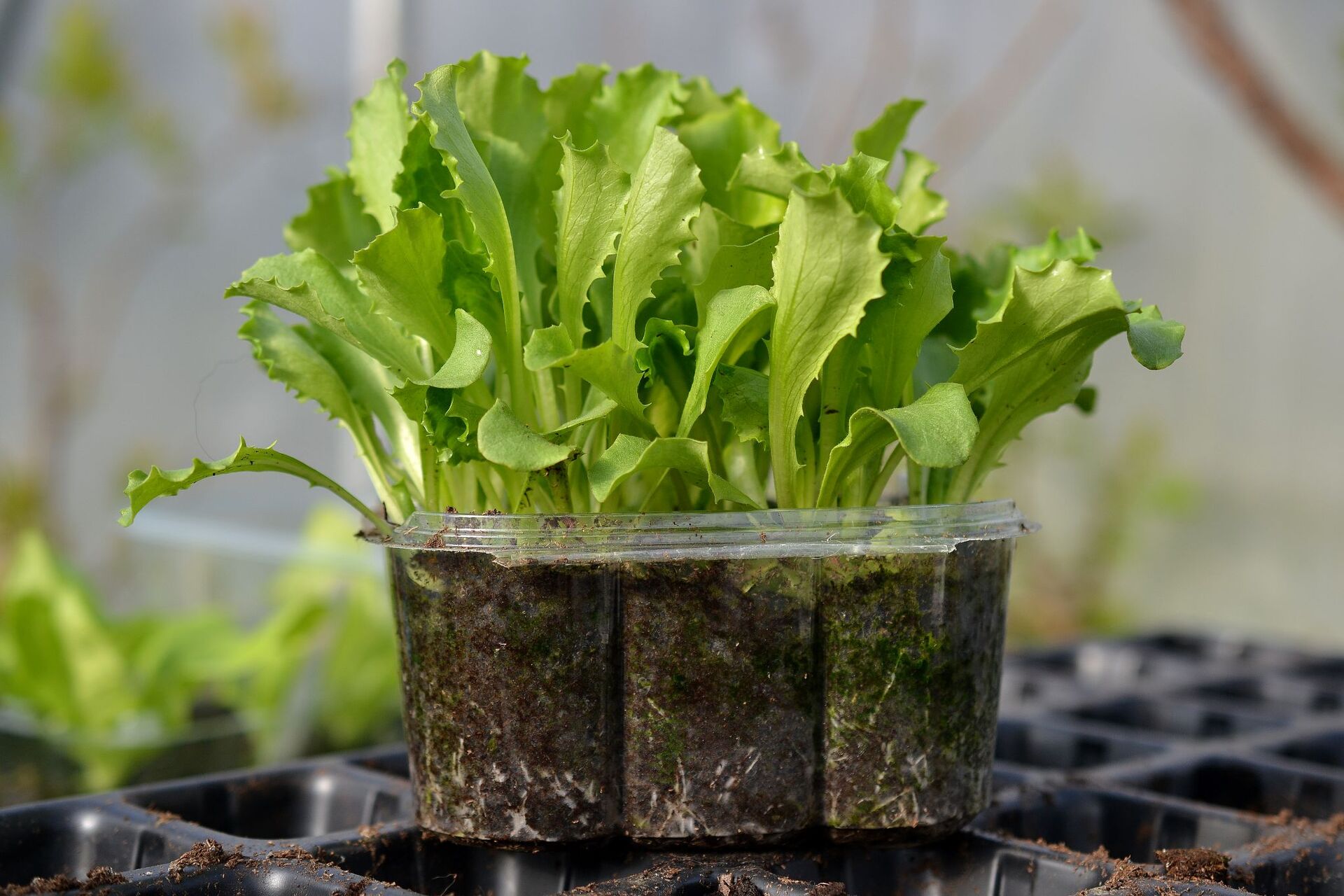
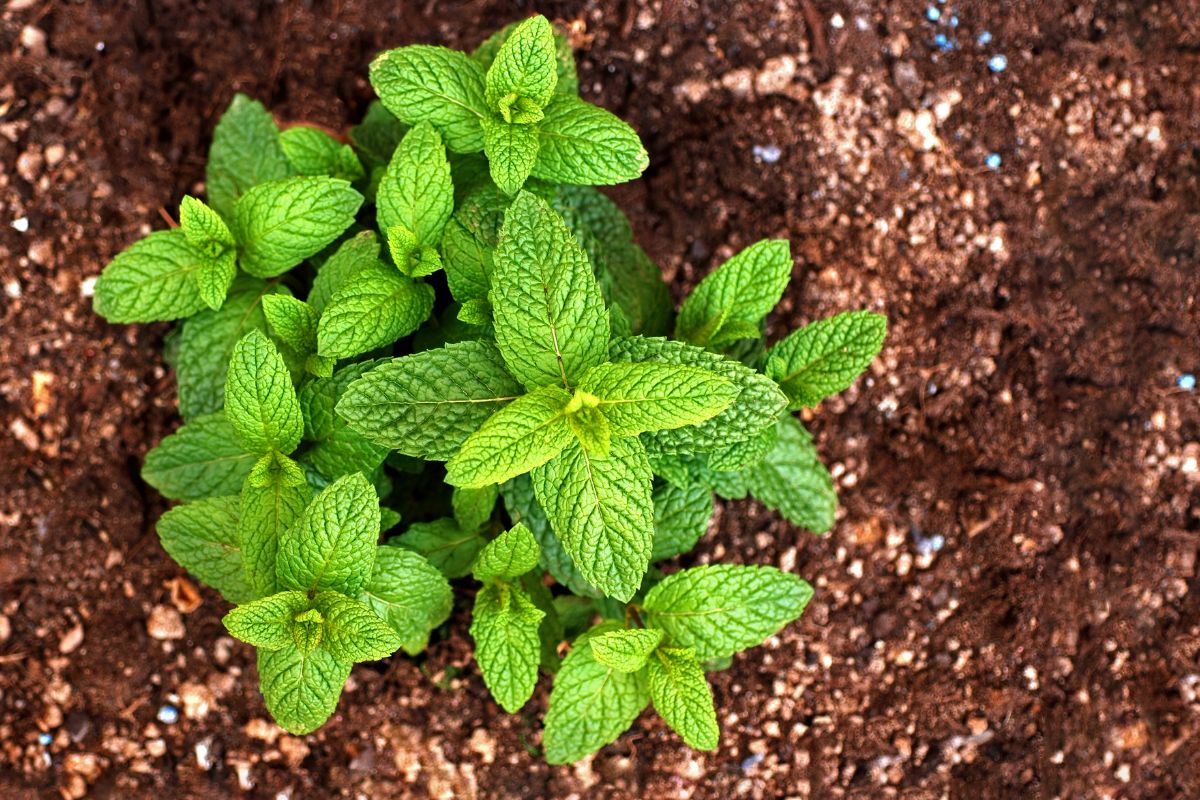
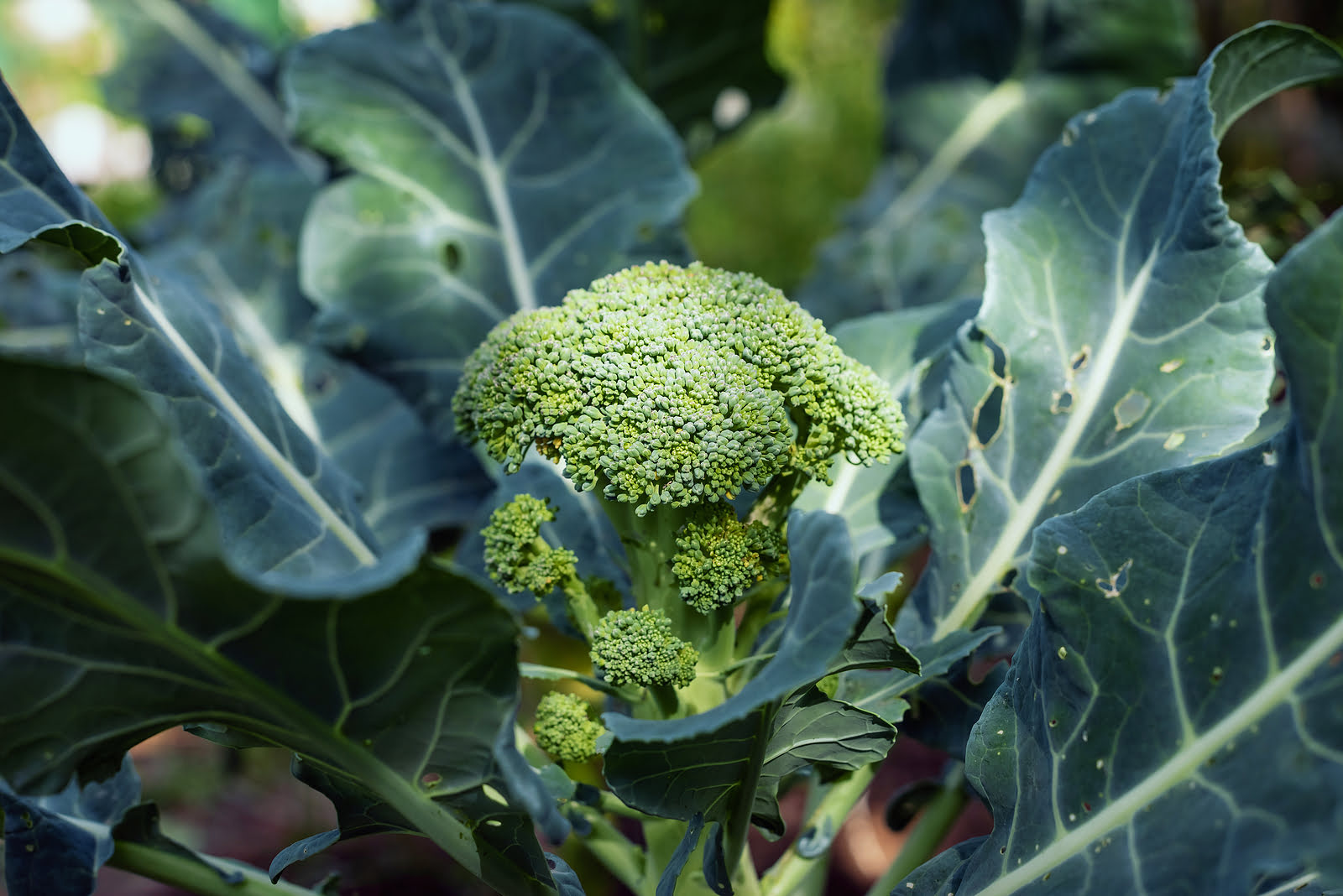

0 thoughts on “How Long Does It Take Bamboo To Grow From Seed”